How to remove silicone sealant from tiles?
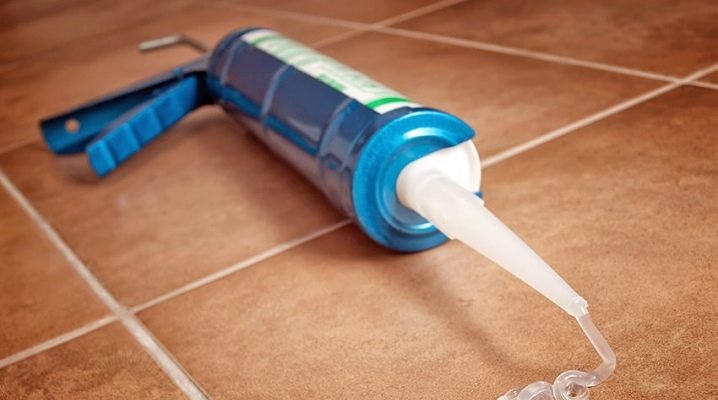
During the renovation work, a lot of building materials are used. By using silicone sealant, the job can be greatly simplified. When working with this composition, the question often arises of how to remove it from different surfaces.
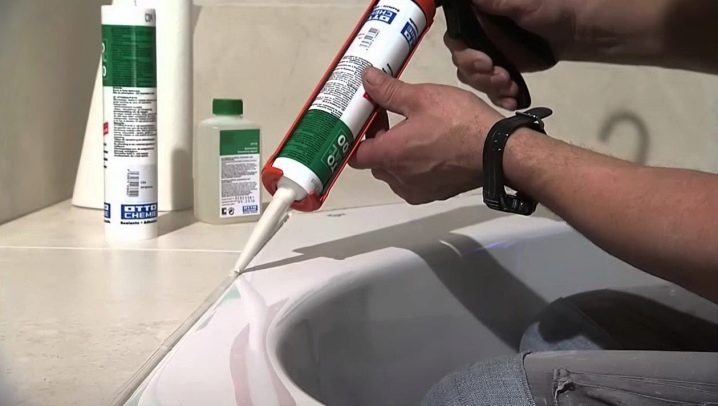
Material features
When starting to make repairs in a house, people first of all think about what materials to use. Silicone sealant is a universal tool with which you can do a lot of operations: seams and joints are treated with this composition, applied to baseboards, poured into the gaps between the sink and the countertop.
Previously, a mixture based on bitumen, homemade putty and mastic was used for these purposes. With the advent of new material, repair work has become much easier.


What is this miracle material? What is the composition? The sealant consists of a dense mass, with its help you can reliably and quickly insulate the seams, seal the joints.
This material contains dyes, which is very convenient for masking seams on different surfaces. The most common colors are white and black, and there are other colors.
The material contains various fillers: it can be sand, glass, quartz dust. These materials contribute to better adhesion of silicone to the surface. Fungicides are used to combat mold and mildew; it is important to use them in rooms where there is high humidity.
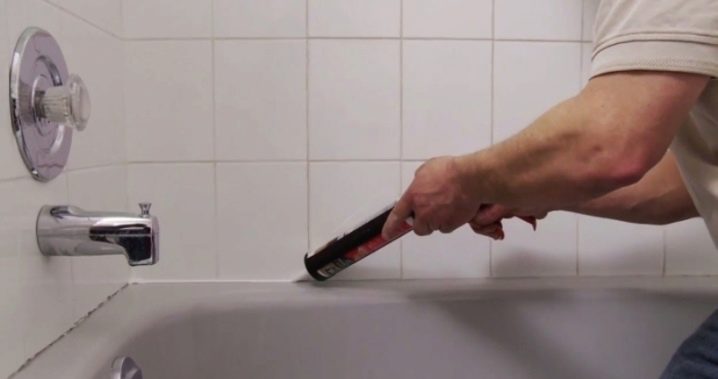
Material characteristic
Main characteristics of silicone sealant.
- Serves for sealing seams, creating a movable joint. Given the elasticity of the material, the integrity of the seam will not be compromised.
- Can be used at temperatures from -50 to + 200-300 degrees.
- They are used in different conditions, aggressive substances are used.
- Has increased moisture resistance after complete drying.
- It is characterized by high adhesion to many materials.
- Silicone coated seams and joints are resistant to mildew and mildew.
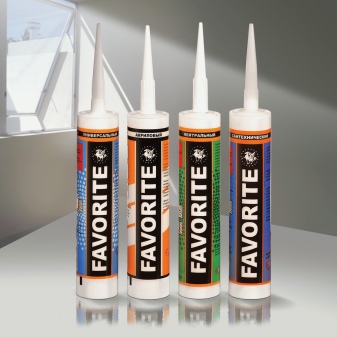
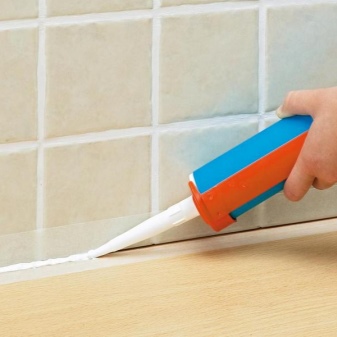
Despite the large number of positive properties, the material also has several disadvantages:
- it is quite difficult to process non-dry surfaces;
- reliable sealing is not always obtained on some surfaces such as polyethylene, polycarbonate, fluoroplastic.
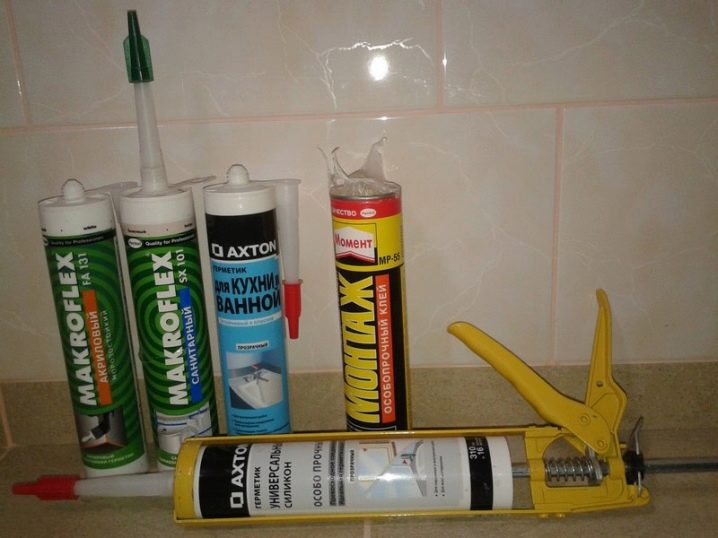
Silicone sealant is used not only in home construction, but also for industrial purposes. Professional sealants do not have such disadvantages: they consist of various fillers and components. At the same time, they have a high price.
Sealants can have different properties, colors, and are used in different areas. They are divided into two categories: one-component and two-component.
One-component sealants are used in everyday life and home repairs. This material is immediately ready to work: it is not mixed. It is sold in tubes and file packs, which is very convenient to use. Once the sealant comes into contact with air, it hardens.

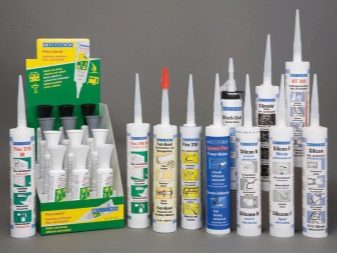
Sealants can also be categorized as acidic, alkaline, and neutral. Acidic sealants should not be used on metal surfaces, as the acetic acid present in the composition will corrode the metal. Such sealants are marked with the letter "A" and are inexpensive.
Neutral sealant withstands very high temperatures: up to +300 degrees, therefore it is often used when arranging a bath or sauna. Has a high price tag.

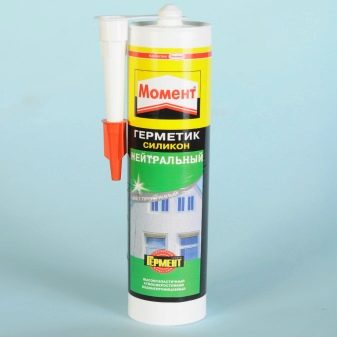
Removing sealant from various surfaces
When working with silicone, there are often situations where it gets on the surface, clothing or skin of the hands. What is the best way to remove the sealant from the surface?
There are several ways to clean silicone from the surface: mechanical, chemical or combined. It all depends on which coating you want to remove the sealant from. When carrying out repair work, it is important to observe preventive measures, as there are sealants that cannot be cleaned.
When working with such a composition, adhere to the following rules:
- it is imperative to wear rubber gloves;
- when spilling material, it should be wiped off immediately, without waiting for it to harden;
- excess sealant should be immediately removed from the surface to be treated with a cloth dipped in vinegar;
- in order not to stain the surface, you need to stick masking tape on it: it will protect the surface from accidental pollution.

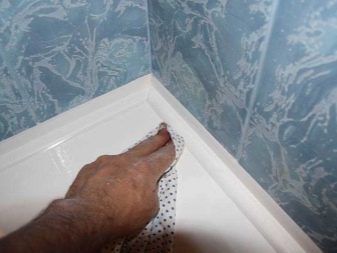
How to clean silicone
When working with silicone sealant, fresh stains can be put on, they should be washed immediately with soapy water and a kitchen sponge. While the material is still soft, it can be easily removed from the surface. Dried material can no longer be removed in this way - more stringent techniques should be used.
Cured silicone sealant is removed:
- mechanically;
- chemical;
- archaic.
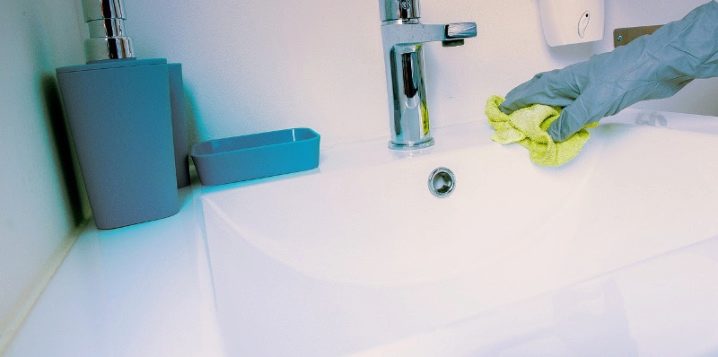
From the tile
It is usually removed from the tile mechanically. This work should be done very carefully so as not to damage the surface. The mechanical method is more often used in cases where the surface is not visible, since during cleaning there is a possibility of damage to the coating.
Suitable for mechanical cleaning: a mild knife, pumice stone, a hard washcloth or scraper for washing dishes. When cleaning, try not to touch the tiles.

After the top layer has been removed mechanically, chemical contamination is dealt with. Remove silicone with special solvents. For this, gasoline, kerosene or white spirit are suitable. In any solvent, moisten a rag and wipe the place of contamination with it.
There are a variety of sealant removers available in the store., they are more often sold in an aerosol can or in the form of a paste. Such formulations are very effective, but when working with them, rubber gloves should be worn so that the composition does not get on the skin.
You can use the archaic ("old-fashioned") method and eliminate pollution with gasoline, kerosene, acetone and other solvents. When the silicone has softened, remove the remains with a wooden stick. In this way, you can remove the hardened silicone at home from the tiles of the tile.
The cleaned area is rinsed; any dish detergent may be suitable for this. After washing, wipe the entire surface with a dry, clean cloth.
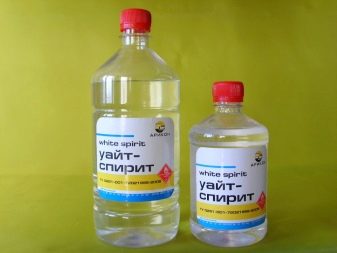
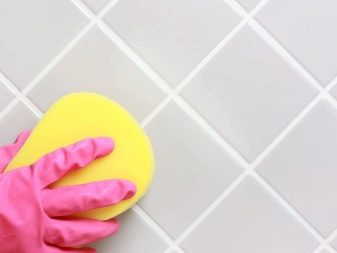
In the bathroom
A sealant is often applied at the joints between the bathtub and the wall to prevent leakage. When a little time passes, the sealant can change its color, in some places it can come off. To avoid such defects, replace the old sealant with a new one. To do this, in places where there is an opportunity, using a screwdriver, lift it up and carefully cut it off with a knife. The remaining pieces can be removed with a soft pumice stone or a hard scrubber.
It is important not to damage the surface during work. Using vinegar or white spirit, you can remove traces of silicone from the bathtub. The surface can be processed several times.
This method is suitable for fresh dirt. In case of stubborn dirt, the surface should be treated and left overnight.
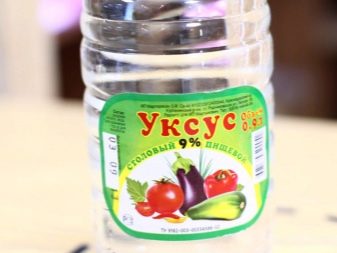
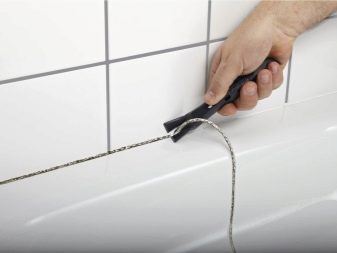
From clothes
What if, during work, silicone got on the clothes? If the stain is fresh and the sealant is not yet completely dry, the fabric will stretch and clean the stain with any sharp object.After removing dirt, clothes should be washed in hot water.
If the silicone has already hardened, solvents should be used. Such contamination is removed using medical or industrial alcohol, denatured alcohol or vodka. The stain is moistened in a solution and left for half an hour, after which it is wiped off the clothes with a stiff brush. When the material has softened, remove it with a soft cloth.
You can simply apply solvent to the stain and leave for 30 minutes, then the clothes should be washed in the washing machine or by hand.
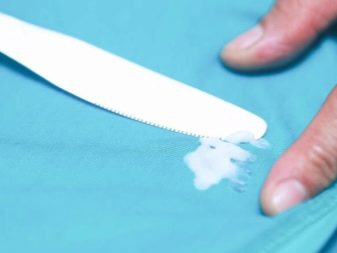
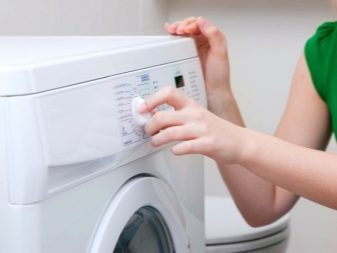
From the skin of the hands
Once on the skin, it can be difficult to wipe off the silicone sealant. In this case, chemical or mechanical removal is unlikely to be suitable. To remove contamination, take warm water and add salt or shavings of laundry soap to it. After that, the hands are immersed in the solution for several minutes and the place of contamination is cleaned with a pumice stone. You can carry out this procedure several times a day until the contamination disappears completely.
You can also wash silicone with sunflower oil: it should be slightly warmed up and rubbed into the skin. After that, they take a pumice stone and lightly rub their hands with it, then everything should be washed off with laundry soap.
If the silicone still remains on your hands, you just need to wait a couple of days - it will disappear by itself.
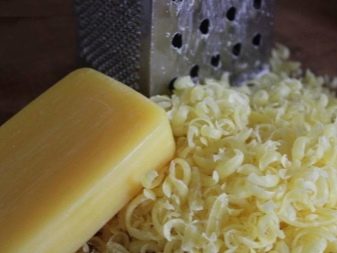
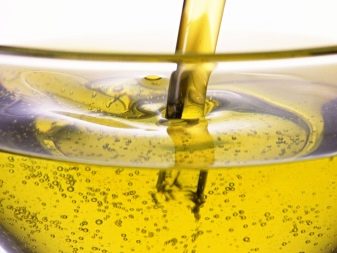
When working with silicone, rubber gloves and an apron should be worn, as getting rid of this material is quite difficult. Masking tape is glued to the surface to be treated, with its help you can keep the coating clean. The masking tape must be removed before the sealant begins to cure.
It is very good to use masking tape when working with tiles so as not to clean them after working with the sealant. If, nevertheless, the tile was dirty, using tips and tricks, you can solve this problem.
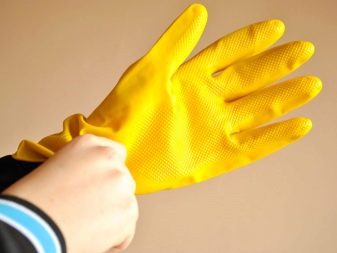

For information on how to clean silicone sealant from tiles, see the next video.













The comment was sent successfully.